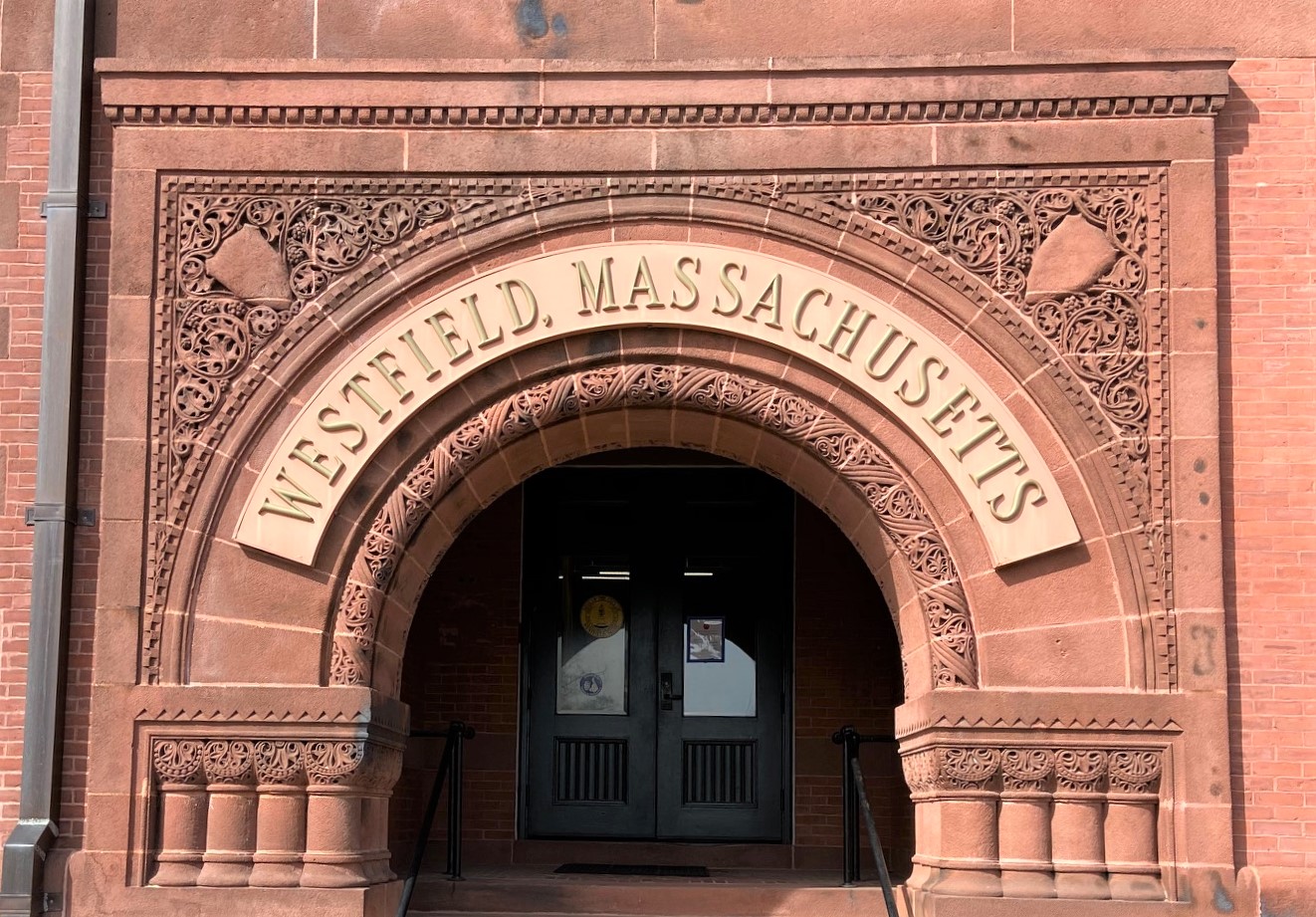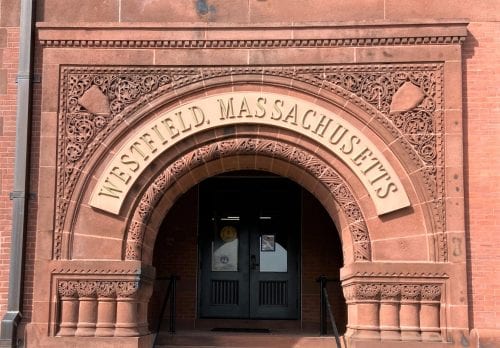WESTFIELD — Councilors and Ward 1 residents still have questions about Old Dominion Freight Line’s request to add a 15,000-gallon diesel fuel tank and a fuel island terminal to its site at 74 Medeiros Way.
The council held a hearing on the project at its Sept. 2 meeting. Councilors voted to refer the project to the License Committee. Two councilors opposed advancing the proposal, at-large Councilor Kristen Mello and Ward 1 Councilor Nicholas J. Morganelli Jr.
Several Ward 1 residents asked questions and spoke largely in opposition to the plan to add the diesel fuel terminal.
Constance Adams of 354 Root Road said the company was originally permitted as a low-impact development, but should face additional environmental scrutiny when it asks to add a 15,000-gallon fuel tank.
“I’d like to suggest we look at that,” she said. “The city of Westfield needs to consider that the section of aquifer we are on in the north end is the only clean remaining aquifer with no PFAS — the water is pristine. I know Old Dominion is on an island surrounded by an aquifer. I think we have a responsibility as a city to be stewards of our water, air and land.”
Other north end residents speaking against the plan included Barbara Rokas, former Councilor Mary Ann Babinski, Mary Beth Berrien, Joshua Ouellette, Nick Beluzo, Maria Lankowski and Gail Bean.
Ward 1 resident John Bowen spoke in favor of the application from a safety point of view.
“The safest way to fuel a truck is in a private area with no pedestrians,” Bowen said. “Old Dominion is top notch, they don’t want a drop of oil in their driveway.”
At-large Councilor Dan Allie made a similar point.
“We have an entire city surrounded by water. One of the safest ways to fuel this fleet is exactly how they’re proposing doing it. We have to do our due diligence. This company is protecting the area,” said Allie.
General contractor Michael Skuski brought a graphic presentation to answer some of the dozens of questions asked at the first hearing on Aug.19.
He said the terminal would be 2,300 feet away from Brickyard Brook, the closest downstream waterway, with Arm Brook on the high side of the site. Skuski also said that the site is not in either of the aquifer protection zones, two blocks away in either direction, and also away from city wells.
“We are not anywhere near any city well,” he said.
Skuski showed the layout for a fueling island at an Old Dominion location in Wisconsin, which would be the same as the one in Westfield, and said they would have the highest-rated tank in the United States. He also showed a graphic for the 1,000-gallon oil-water separator which would go below the fueling station, which he said was also highly rated. He said there would be no fuel spillage into the stormwater system.
“[Regarding] Massachusetts regulations pertaining to water resource protection, we meet or exceed all the requirements in there, [and are] not asking for anything outside those requirements,” Skuski said.
Mello, who asked many of the questions in the first hearing, thanked Skuski and petroleum vendor Ron Sled for coming back, but said not all of the questions were answered.
“You get a zero when you don’t answer my questions. This city has been overburdened by environmental issues. These residents have come here twice now and asked us to follow the law. It shouldn’t go to License. Shouldn’t be considered,” Mello said.
Mello said one of the questions that did not get answered was which sites have tanks like this in New England. Skuski said Old Dominion declined to answer that question.
Mello asked if there were a catastrophic rupture of the 15,000-gallon tank, where would the diesel go. Sled said such a rupture would have to occur on both the inner and outer tanks, which both men said couldn’t happen, but if any leakage were to occur, it would go into the 1,000-gallon oil water separator. Mello asked about the other 14,000 gallons.
“It is protected by bollards and is a double-walled tank. It does not happen. All the governing bodies consider this the best tank out there,” Skuski responded.
“You’re coming back and asking for a permit when the site plan didn’t include this in 2019.
I am concerned about what happens. Where does it go?” Mello repeated several times, adding that she was concerned the request violated the findings of the special permit.
Skuski repeated that it was designed per all of the codes and regulations, and exceeded the requirements of the permit, and said it was a badgering question.
Council President pro tem John J. Beltrandi III said the application will next go to the License Committee, which he chairs.
“The License Committee will make a recommendation, yes or no, then it’s up to the council to vote. You certainly have a right to vote yes or no on the approval or disapproval. You’re not going to get the answer you’re looking for,” he said to Mello.
Also asking questions were Ward 1 resident Amy Beluzo, who sent in questions to Ward 1 Councilor Nicholas J. Morganelli Jr., asking if a qualified engineer had reviewed the plan. Beltrandi said Old Dominion had a site plan review and stormwater management plan approved by the Planning Board.
In response to another question, Skuski said all Old Dominion truck drivers were trained in fueling their own trucks, and the oil-water separator has a maintenance check every six months, at a minimum.
Morganelli again asked whether the management team would consider withdrawing the application for the fuel island terminal, which he had asked at the first hearing, and if not, why not.
“The market segment changed, and they feel they need this capability at their facility,” Skuski said.
Ward 4 Councilor Michael Burns asked whether it would be possible to make the oil separator bigger and the tank smaller. Skuski said yes, because they do make a 10,000-gallon tank and a 6,000-gallon separator.







